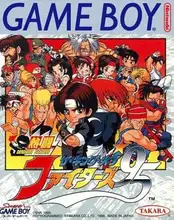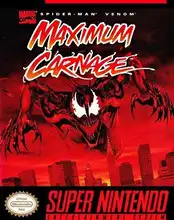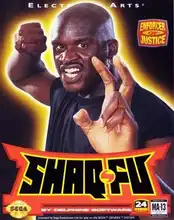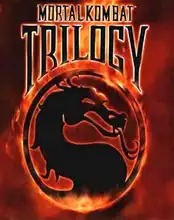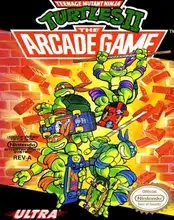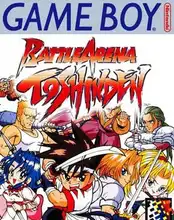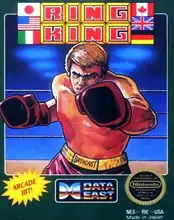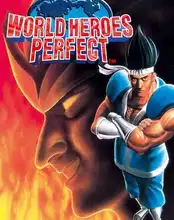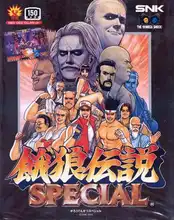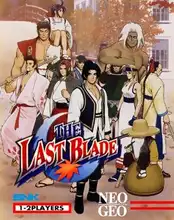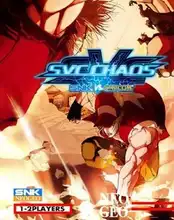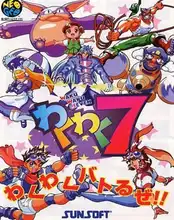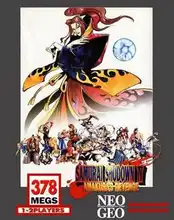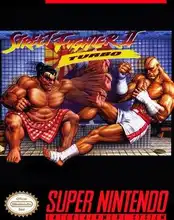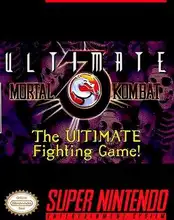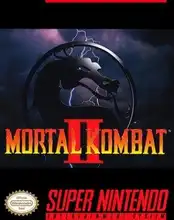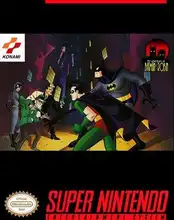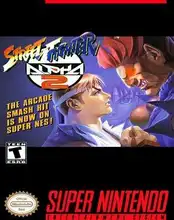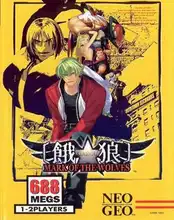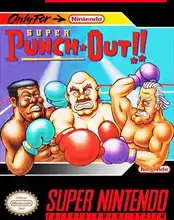The clang of quarters hitting the arcade machine, the feel of a worn joystick, the frantic mashing of colorful buttons – for a generation of gamers, this was the soundtrack to the rise of Fighting Games. Before intricate combos and online lobbies, there was a raw, immediate thrill to squaring off against an opponent, be it a friend beside you or a formidable CPU.
Remember cramming around a Street Fighter II cabinet, watching masters pull off dizzying special moves? Or maybe you were saving up allowance money to finally own that coveted SNES or Genesis port, bringing the battle home? These weren't just games; they were cultural phenomena that defined an era, forging skills, rivalries, and unforgettable memories.
The Golden Age of the One-on-One Bout
The late 80s and early 90s saw an explosion of fighting games. While predecessors existed, it was titles like Street Fighter II that truly perfected the formula, setting the stage for countless others. Arcades became proving grounds, vibrant hubs where skill, timing, and maybe a little bit of luck determined who reigned supreme.
What made them so compelling?
- Accessible Controls: Easy to pick up, hard to master. Simple directional inputs combined with attack buttons allowed anyone to jump in.
- Iconic Characters: From Ryu and Ken to Scorpion and Sub-Zero, these characters became instantly recognizable icons with distinct personalities and move sets.
- Competitive Energy: The direct head-to-head format was inherently competitive, perfect for friendly rivalries and intense tournaments, both official and impromptu.
Bringing these experiences home on consoles like the Super Nintendo or Sega Genesis was a game-changer. Suddenly, you could practice endlessly, learn those tricky quarter-circle motions, and challenge friends without feeding a machine quarters. This transition solidified fighting games as a cornerstone of home console libraries.
Beyond Button Mashing: Skill, Strategy, and the Fight
While newcomers might have gotten by with frantic button presses, dedicated players knew these games demanded precision. Mastering timing, understanding frame data (even if we didn't call it that!), learning character matchups, and developing defensive strategies were key.
Hours spent in training mode (or just fighting the CPU over and over) were common. Perfecting Blanka's electric thunder or Ryu's hurricane kick wasn't just for show; it was essential for victory. The depth hidden beneath the seemingly simple surface is a huge part of why these classic fighting games still hold up competitively.
The Thrill of the Tournament
The competitive spirit wasn't confined to the arcade. Local tournaments, like the one where someone might have faced a trash-talking Ryu player or been humbled by a twelve-year-old prodigy, were legendary events. These weren't just about winning; they were about the shared experience, the drama, the cheers, and the inevitable salty loser throwing a controller (hopefully not yours!).
That raw, unscripted drama is something modern gaming strives for, but the grassroots nature of early fighting game tournaments had a unique charm. It was community-driven, fueled by passion and pixelated pride.
Reliving the Glory Days
Thankfully, the golden age of fighting games isn't just a memory. Many of these classics are readily available today. You can find official ports on digital storefronts like GOG.com, often bundled with extras. Emulation through tools like DOSBox (for PC ports) or dedicated emulators for console versions lets you experience them just as they were, lag permitting!
Whether you're revisiting an old favorite or discovering these foundational titles for the first time, the core appeal remains. They are pure, unadulterated fun, demanding skill and rewarding practice.
The Enduring Legacy
The impact of these early fighting games cannot be overstated. They spawned massive franchises, influenced countless other games, and built communities that thrive to this day. They taught us about competition, sportsmanship (sometimes!), and the sheer joy of landing a perfect combo.
So fire up an emulator, grab a friend, and dive back into the pixelated arenas. The fight is far from over.
FAQ About Retro Fighting Games
Q: What are some must-play retro fighting games? A: Street Fighter II is arguably the most influential. Others include Mortal Kombat, Fatal Fury, Samurai Shodown, and King of Fighters '94.
Q: Where can I legally play classic fighting games on PC today? A: Many are available on digital platforms like GOG.com or Steam, often in collections or enhanced versions.
Q: Is it hard to get into retro fighting games now? A: Not at all! The core mechanics are often simpler than modern games. The challenge comes from mastering timing and strategy against human opponents.
Q: Do people still compete in old fighting games? A: Absolutely! There are dedicated communities and even tournaments for many classic fighting games, keeping the competitive spirit alive.

